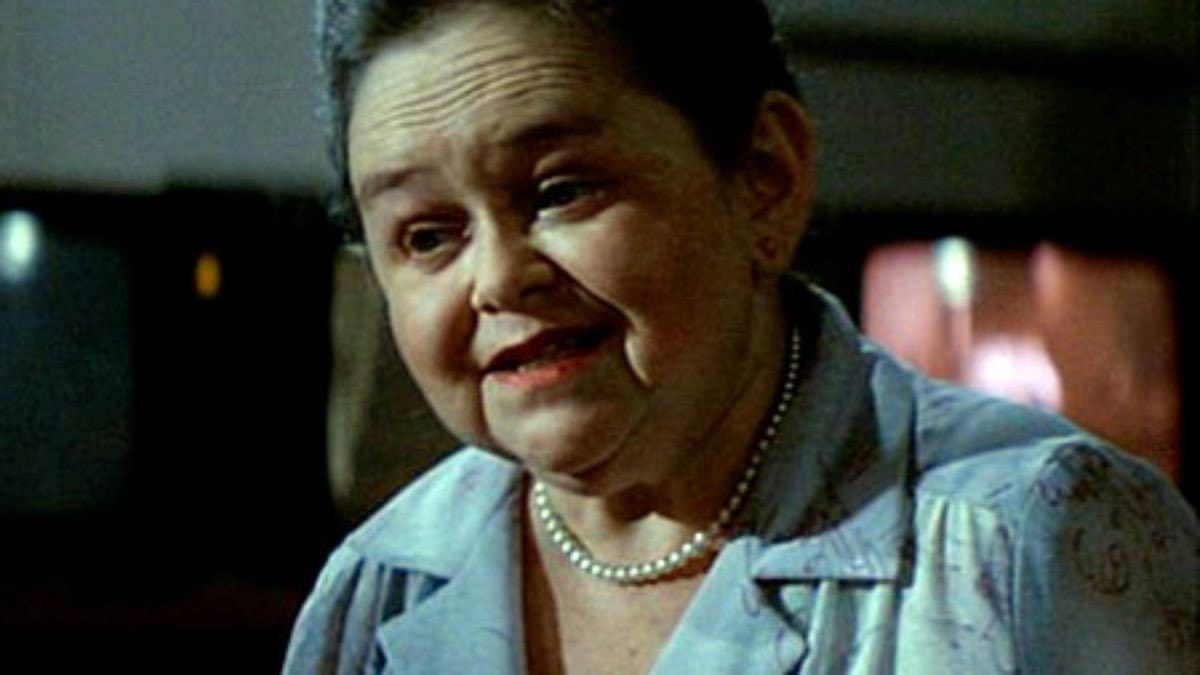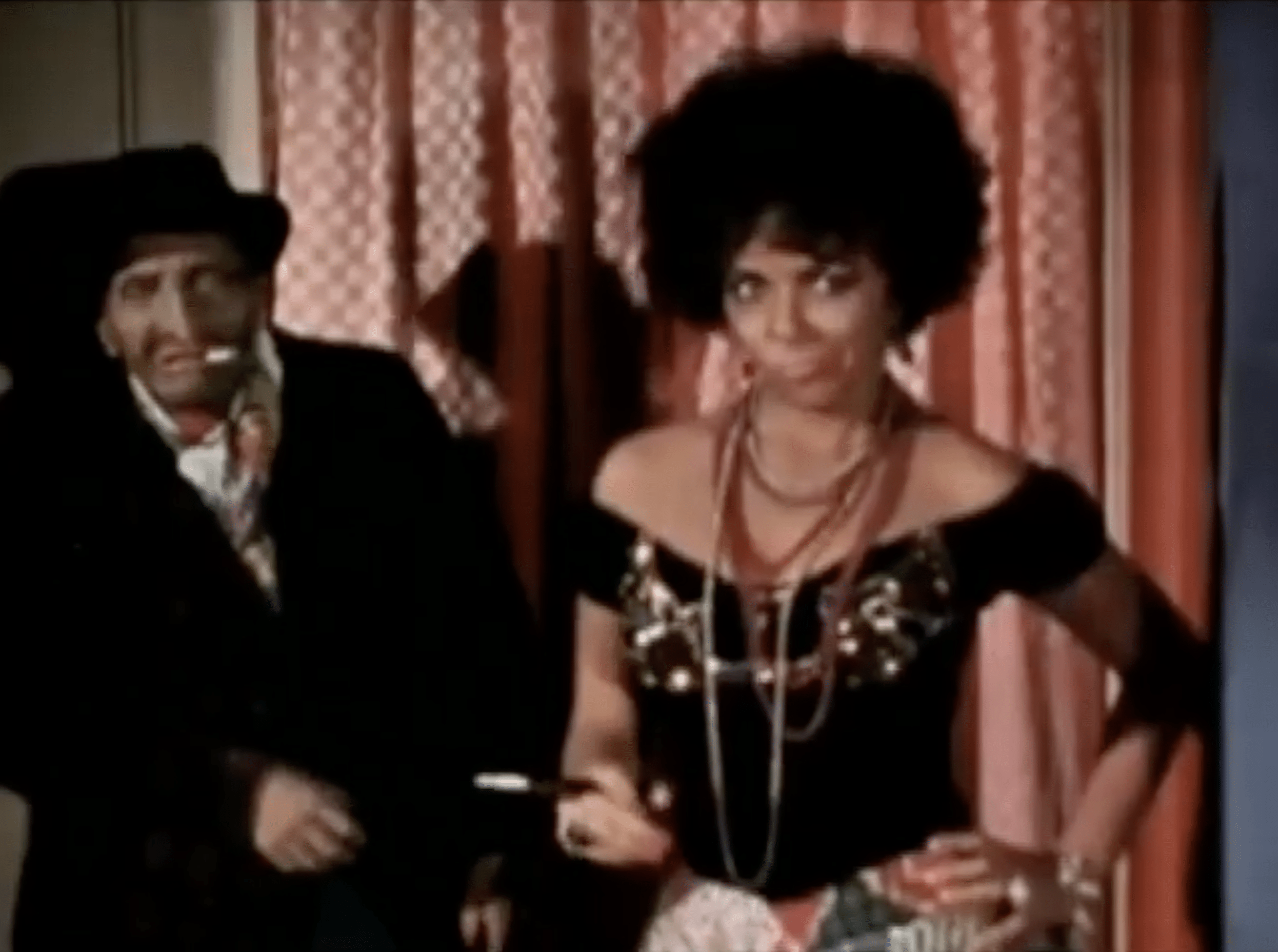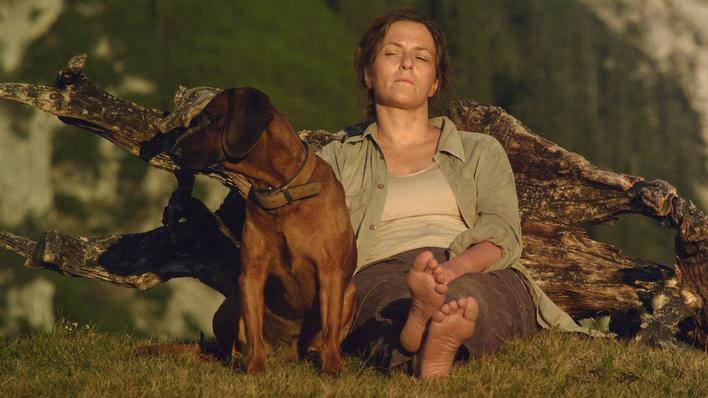
I watched the live-action version of Wicked City not knowing that an anime version preceded it. Knowing that the live-action version was based on an anime might have helped to explain why the live action version was so frenetic and absurd. The live action version is like a runaway freight train barreling ahead without any pauses or lulls. It may not be a good film but you wont get bored. A lot of heads get chopped off, a lot of blood gets splashed around, and a lot of cheap glowing animation zaps across the screen.
The Wicked City live-action film is a category ll, Hong Kong horror movie. The genre is typified by lots of blue lights, lots of smoke, lots of the aforementioned animated laser zaps, and of course, lots of slimy, murderous monsters. Most of these films are too stingy with the blood and guts and spend too much time on dialogue, but The Wicked City is generous with its depravity, ensuring a fun ride.
The Wicked City uses Men In Black’s premise. A race of aliens or mutants, called “raptors”, is secretly living amongst us here on Earth. They have magic powers and can change form. For reasons never made clear, these raptors occasionally go on killing sprees. That’s where the Antiraptor Bureau comes in. They are a secret agency charged with keeping humanity, or at least Hong Kong, safe.
Added to this premise are several subplots. We have the Romeo and Juliet angle, where one of the Antiraptor agents falls in love with a raptor. We also have a gay subplot/subtext where a morose, but handsome young agent pines for his partner, and lastly, we have a drug called “happiness” thrown in to the mix.
There are good raptors who want to keep the peace with humanity, and there are bad ones that want to get humans addicted to the “happiness” drug. If you get hooked, you can’t stop or you will evaporate.
The happiness subplot is a means of delivering a lot of heavy-handed social commentary about the misery inherent in capitalism. There is a lot of yelling about how humanity’s downfall is its love of money.
There is also a whole Jesus thing going on too. Daishu, the leader of the raptors, is a sort of tortured soul. We know this because he uses the eyebrow method of acting employed by Elijah Wood. The principle behind eyebrow acting is pretty simple. Slant your eyebrows inward for anger or concern, and slant your eyebrows outward for sadness, empathy, love, and everything else. By the time The Lord of the Rings series was over, I wanted to hold that little hobbit down and shave his forehead clean.

Daishu is played by none other than Tatsuya Nakadai, which was surprising to see. It’s a long way from starring in Sword of Doom, Goyokin, and Three Outlaw Samurai, to being magically crucified by a magnetic field in a Hong Kong schlock flick. Try saying "Hong Kong schlock flick" ten times fast. Daishu not only gets crucified, but he resurrects a few times. I’m not sure what the movie is trying to say, but I think there is a kind of “don’t hate us ‘cause we’re mutants” thing going on, a la X-Men.


There is even a scene where Daishu offers his blood to save a young woman. It would be a little more Christ-like if his blood was red, instead of black, and if it was offered in a golden chalice, instead of being spurted out of a torn vein and splashed onto a naked woman’s body, but the symbolism is still there.

The gay subtext is fun too. Picture Will Smith making moony eyes at Tommy Lee Jones, or maybe it’s more like Mercutio trying to keep Romeo away from Juliet. In The Wicked City, Mercutio is Ken, and he is trying to keep Romeo, who is Taki, from Juliet, who is Windy (that’s her name, Windy). Ken is half-raptor, Windy is full-raptor, and Taki (inexplicably pronounced mushu by the other characters) is a human.

In the all-out gonzo climax of the film, there is a scene where poor Ken is on the verge of death and his boss, who has been cruel to him throughout the film, finally takes pity on him. The boss looks down at the pathetic Ken and says, “Keep calm! You can regain your humanity! You’ve learned how to control yourself.” Ken’s boss doesn’t condone Ken’s “alternate lifestyle choice” to live as a “monster”, but the boss finally shows Ken some compassion. It’s very touching. Meanwhile, up in the sky, there is a man riding a jumbo jet like a surfboard, as he battles with a half-man, half-octopus.

I don’t want to give everything away, but I want to mention my favorite raptor. She is a sex-obsessed creature who likes to turn into machines and then… well, it's hard to explain. At one point, she becomes a pinball machine and has sex with another raptor, who flips her flippers and rams himself into her coin slot. In another scene, she becomes an elevator and swallows up Ken and Taki, covering them in bio-goo and moaning in ecstasy.

There is plenty more I didn’t mention. The film is jam packed. Peter Mak made The Wicked City in 1992. The anime came out 5 years earlier, and was based on a manga by Hideyuki Kikuchi. The manga to anime to live-action pipeline doesn’t always produce potable movies, but Mak’s has enough crazy crap to keep you engaged.
The Anime
Peter Mak’s live action version of The Wicked City does not pair well with Yoshiaki Kawajiri’s anime version. I don’t think it would have made a difference which I saw first. Watching one makes it hard to watch the other. They are similar and so set up similar expectations, but the similarities are superficial and end up distracting from your ability to meet each film on its own terms.
Kawajiri’s anime is more coherent. Its visual style and graphic aesthetic unite it. Unlike many modern anime productions that foster a high level of realism, the drawings in Kawajiri’s The Wicked City are streamlined and cartoonish, similar to a comic book. Kawajiri uses this abbreviated style to create a bold, graphic, and colorful look.
The film’s aesthetic is reminiscent of Blade Runner, and of noir in general. Lots of shadows and smoky shafts of light.

The Wicked City anime is a more successful film than its live-action counterpart. I expected the live-action version to be “so bad, it’s good”, but by the end, it was leaning toward actually being good. It was the same for the anime, but even more so. I expected pure pulp trash, and got something a little better.
In addition, the two films start out in similar ways, but after 20 minutes diverge almost completely. There is no “happiness” drug in the anime, nor any gay subtext. The anime is very decidedly hetero. The anime is far more sexual, which ends up being a mixed bag. Some of it adds to the body horror element and intensifies the whole tension between human and not human. However, some of it succumbs to typical anime objectification and misogyny. In the case of The Wicked City, it’s more like gynophobia than misogyny.

Women’s bodies are repeatedly violated, mutilated, and often transformed into terrifying mutations. There is a woman who is half-human, half-spider with a vagina dentata that can not only chomp on your member, but spit out webbing as well.

The end of The Wicked City anime is pretty saccharine. It’s hard to sit through the mushy romantic music and all the tight shots of goo-goo eyes. Japanese culture has a high tolerance for flowery depictions of overblown love.
The Wicked City was Kawajiri’s first film and took him only a year to complete. He would go on to make other anime such as Ninja Scroll, and Vampire Hunter D: Bloodlust.
The Wicked City films are simply too different for comparison. Animated films deserve their own set of criteria separate and apart from live-action, but in today’s world, the two are increasingly merging through the use of CGI. Perhaps one of the reasons so many people disapprove of Marvel films is that the films bring live-action expectations to what is, in many ways, an animated film.
As the two are increasingly blended together, the visual union becomes almost seamless, but the acting, dialogue, and general content feel awkward with a live actor. Bringing comic book characters to life can expose their lack of depth.

In the end, both Wicked City films are entertaining. All the special effects and explosions in the live-action version are intensified by their seeming to happen in the real world. The anime version is a further step removed from reality, but that enhances the artist’s ability to control the look and feel of the film. Both versions are pulpy and over-the-top, and they both end up with a mixed bag of excitement and stupidity.

If you enjoyed this article you might also enjoy this - https://filmofileshideout.com/archives/the-wizards-curse-brain-munching-fire-breathing-and-scary-neon-penis-stuff/



